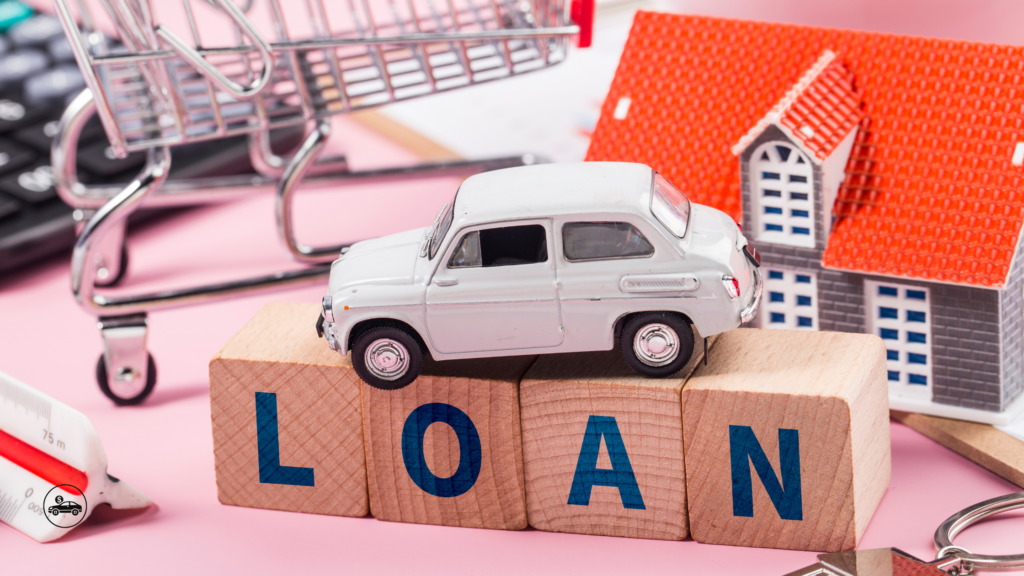Applying for a car loan with bad credit can feel overwhelming, but it’s entirely possible with the right approach. In Canada, countless individuals with less-than-ideal credit histories successfully secure financing for vehicles every year. Knowing how to apply for a car loan with bad credit is essential for navigating this process effectively, empowering you to drive away in a car despite past financial challenges. This comprehensive 3000-word guide walks you through every step—from understanding credit scores to managing your loan—offering actionable tips and expert insights tailored to the Canadian market. For personalized assistance, check out Quick Approvals, a valuable resource for Canadians seeking car loans. Additionally, authoritative sources like government and bank websites provide further clarity, ensuring you’re well-equipped to succeed.
Understanding Car Loans and Bad Credit
In Canada, a car loan is a financial agreement where a lender provides funds to purchase a vehicle, which you repay over time with interest. Your credit score—a three-digit number ranging from 300 to 900—plays a pivotal role in this process. It reflects your creditworthiness based on your payment history, debt levels, and credit age. Scores below 600 are typically labeled “bad credit,” signaling higher risk to lenders.
For those with bad credit, securing a car loan often means facing higher interest rates or stricter terms. However, bad credit isn’t a dealbreaker. Many Canadian lenders offer car loan options for bad credit Canada, catering to subprime borrowers. These loans may cost more, but they provide a pathway to vehicle ownership. Understanding this dynamic helps you set realistic expectations and prepares you for the steps ahead.
Your credit score influences not just approval but also the loan’s cost. A lower score might mean an interest rate of 15% or higher, compared to 5% for someone with good credit. This gap underscores the importance of knowing where you stand financially before applying.
Preparing for a Bad Credit Car Loan Application
Preparation is key when applying for a car loan with bad credit. Start by obtaining your credit report from Equifax or TransUnion, Canada’s primary credit bureaus. You’re entitled to a free annual report, which lets you spot errors—like a missed payment incorrectly recorded—that could drag your score down. Dispute any inaccuracies with the bureau to potentially boost your score.
Next, assess your debt-to-income (DTI) ratio, which compares your monthly debt payments to your income. Lenders favor a DTI below 40%, as it shows you can handle additional debt. Pay down credit card balances or small loans to lower this ratio. For example, reducing a $500 credit card balance could make a noticeable difference.
Saving for a down payment is another smart move. A larger down payment—say, 20% of the car’s price—reduces the loan amount and demonstrates commitment, easing lender concerns about your credit. Here are some preparation tips:
- Check your credit report for errors and dispute them promptly.
- Pay down high-interest debts to improve your DTI ratio.
- Aim for a down payment of at least 10-20% to lower your loan risk.
Finding Lenders Offering Best Car Loans for Bad Credit in Canada

Not every lender accommodates bad credit borrowers, so identifying those who do is crucial. In Canada, options include credit unions, online lenders, and dealership financing programs. Credit unions often offer competitive rates and personalized service, while online platforms provide convenience and quick approvals. Dealerships, especially those with “buy here, pay here” models, frequently cater to subprime borrowers.
Research is vital to find the best car loans for bad credit in Canada. Compare interest rates, repayment terms, and fees across lenders. For instance, a credit union might offer a 12% rate, while an online lender quotes 18%. Be cautious of predatory lenders who exploit bad credit with sky-high rates or hidden fees—always review the loan agreement thoroughly.
Here’s a quick comparison of lender types:
| Lender Type | Pros | Cons |
|---|---|---|
| Credit Unions | Lower rates, flexible terms | Membership required |
| Online Lenders | Fast approval, wide options | Higher rates possible |
| Dealerships | Convenient, bad credit focus | May push costly add-ons |
Visit Quick Approvals to explore lender options tailored to your needs.
Applying for a Car Loan with Bad Credit Step-by-Step
Once you’ve chosen a lender, gather the required documents. Most lenders ask for proof of income (e.g., pay stubs), employment verification, and a government-issued ID. Some may request a co-signer or collateral, like the car itself, to secure the loan. Having these ready speeds up the process.
Submit your application—online, in-person, or at a dealership—being transparent about your credit history. Lenders will run a credit check, so honesty builds trust. Highlight positives, like steady income or recent debt reduction, and explain past setbacks (e.g., “I missed payments during a job loss but have since stabilized”).
After submission, expect a decision within hours or days. If approved, review the loan terms carefully—interest rate, monthly payment, and duration—before signing. A typical bad credit loan might have a 15% rate over 48 months, so calculate affordability using your budget.
Boosting Approval Odds for Car Loans with Poor Credit Canada
Increasing your approval chances requires strategy. A co-signer with good credit can be a game-changer, as they guarantee repayment if you default, lowering the lender’s risk. This might drop your interest rate from 20% to 12%, saving hundreds over the loan term.
- Co-signer: Ask a trusted friend or family member with a score above 700.
- Smaller Loan: Opt for a used car under $15,000 instead of a $30,000 new model.
- Pre-Approval: Get pre-approved to know your budget before car shopping.
Pre-approval, offered by many lenders, clarifies how much you can borrow, streamlining negotiations. It also signals to dealers that you’re serious, potentially unlocking better deals.
Managing Your Bad Credit Auto Financing Canada
After approval, responsible loan management is critical. Timely payments prevent further credit damage and can gradually improve your score. Set up automatic payments to avoid missing due dates—late payments can drop your score by 50+ points.
Paying extra when possible reduces the principal faster, cutting interest costs. For a $20,000 loan at 15% over 5 years, an extra $50 monthly could save over $1,000 in interest. If finances tighten, contact your lender early—many offer deferrals or adjustments. The Financial Consumer Agency of Canada provides tips on managing loans effectively.
Additional Tips for Car Financing with Bad Credit Canada
Beyond the basics, refine your approach with these insights. Shop during sales events—dealers may offer better financing deals. Consider refinancing after 6-12 months of on-time payments if your credit improves, potentially lowering your rate. Avoid stretching your budget too thin; a $400 monthly payment on a $2,000 income leaves little room for emergencies.
Explore government programs or non-profits aiding low-income or credit-challenged Canadians. While rare for car loans, some regions offer transportation assistance that could complement your efforts.
Question-Answer Section
1. can I get a car loan with bad credit in Canada?
Yes, you can! Many Canadian lenders specialize in bad credit loans, offering options despite low scores. Expect higher rates—often 10-25%—and stricter terms, but shopping around helps. The Financial Consumer Agency of Canada outlines your rights and options.
2. What documents do I need for bad credit auto financing Canada?
Lenders typically require proof of income (e.g., recent pay stubs), employment verification (e.g., a letter from your employer), and ID (e.g., a driver’s license). Some may ask for a co-signer or larger down payment. Check with your lender for specifics.
3. Where can I find the best car loans for bad credit in Canada?
Look to credit unions, online lenders, and dealerships with subprime programs. Each offers unique benefits—credit unions may have lower rates, while online lenders provide speed. Compare offers at Quick Approvals to find a fit.
4. How do interest rates work with car loan options for bad credit Canada?
Rates for bad credit loans range from 10% to 30%+, depending on your score, lender, and loan term. A $15,000 loan at 20% over 4 years means paying nearly $10,000 in interest. Budget carefully to manage these costs.
5. How can I improve my odds of getting car financing with bad credit Canada?
Add a co-signer, reduce the loan amount, or get pre-approved. A $5,000 down payment on a $20,000 car cuts the loan to $15,000, easing approval. Consistent income and debt reduction also help.
Conclusion
Mastering how to apply for a car loan with bad credit in Canada hinges on preparation, lender research, and diligent loan management. From checking your credit to making timely payments, each step builds toward success. This guide has unpacked the process, offering tools to secure and sustain financing despite credit challenges. Visit Quick Approvals for tailored support, and explore resources like the Financial Consumer Agency of Canada for deeper insights. Take action today—your car awaits!


